Explore the wonders of the Galápagos Islands
Ranch & Coast Travel Editor Elizabeth Hansen shares a one-of-a-kind cruise trip with Ecoventura and her travel tips for ways to enjoy Darwin’s famed islands off the coast of Ecuador
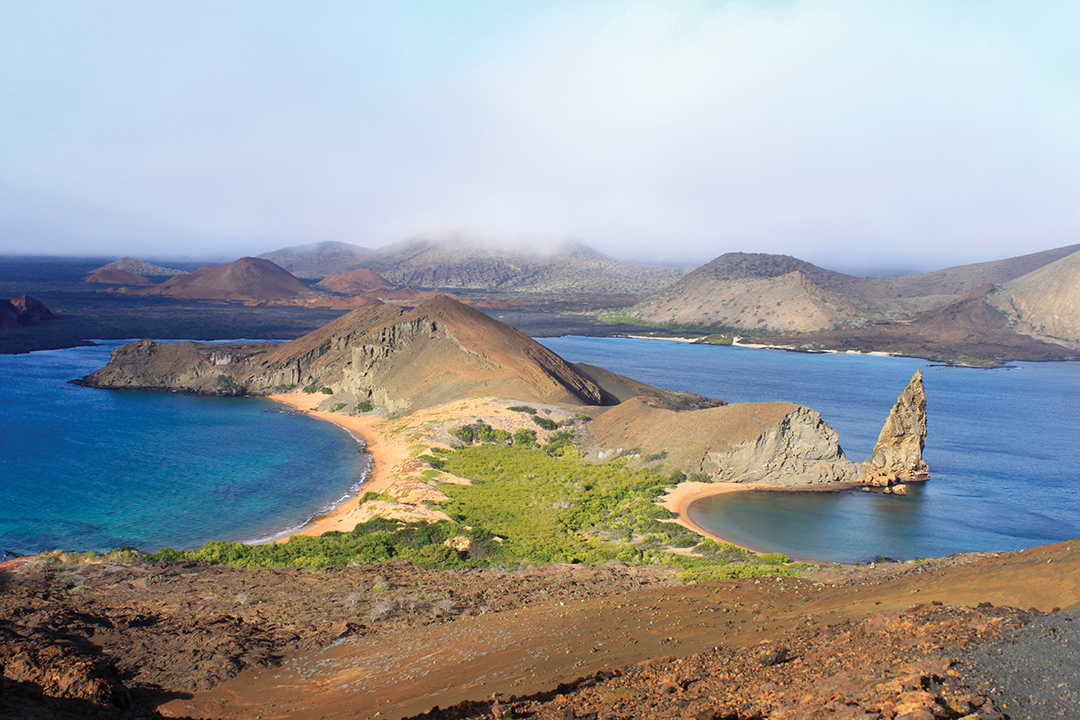
On our first morning in the Galápagos, when our fellow travelers fanned out to survey Cerro Brujo Beach on San Cristóbal Island, I opted to sit on the white sand and stare out at the sea. The view was gorgeous — turquoise water, soft blue sky — but what I loved the most was the total lack of intrusive trappings. No hotels, no beach vendors, no oceanfront mansions, no jet skis, no noise of any kind. I imagined that I was seeing what Charles Darwin saw when he visited these volcanic islands in 1835. In fact, I later learned that it was here that he began to wonder if species of animals from mainland South America, 600 miles away, had evolved and adapted to local conditions. This idea formed the basis of his theory of evolution.
It wasn’t preposterous to wonder if San Cristóbal was unchanged. The Galápagos Islands are a province of Ecuador and 97 percent of the land is protected in a national park established in 1959. Together with the marine reserve that surrounds the islands, the area is the size of the state of New York.
Our Choice: Ecoventura
Many cruise companies offer trips through the islands, and my husband and I spent quite a bit of time considering the options. We liked that Ecoventura is part of the Relais & Châteaux collection of luxury hotels and restaurants and that their yachts (Theory, Origin, and Evolve) each have ten cabins for a maximum of 20 guests per voyage. I was also aware that the national park stipulates a ratio of at least one qualified naturalist guide per 16 passengers, and Ecoventura provides two guides for 20 people.
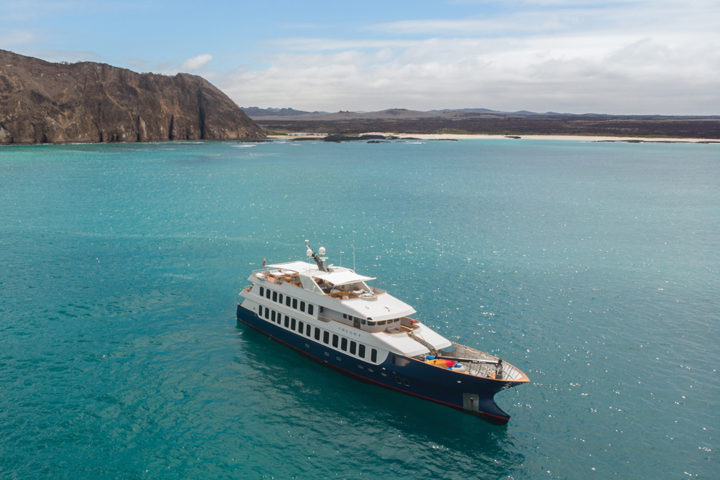
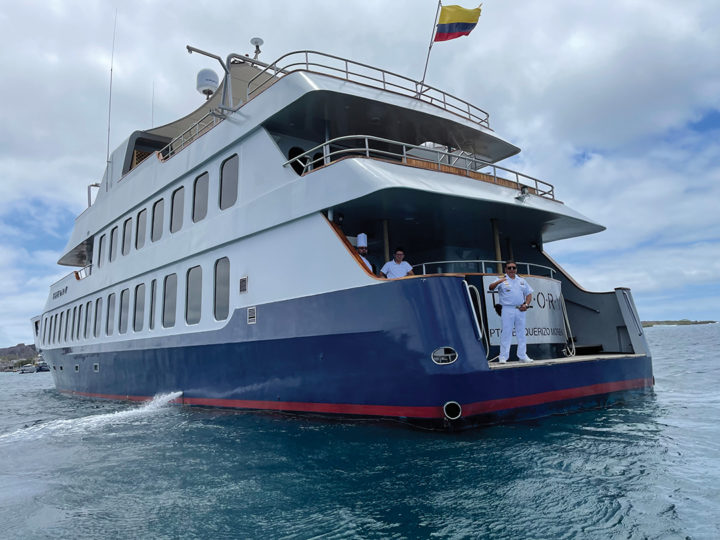


We hadn’t given much thought to the meals while we were planning the trip, but we and our fellow travelers agreed that the food exceeded our expectations. The chef focuses on organic ingredients from various regions of Ecuador and, if given advance notice, is happy to work around passengers’ allergies and preferences. I especially enjoyed a lobster lunch served on the sun deck and the delicious Ecuadorian hot chocolate offered when we returned from chilly snorkel excursions. (The water is warmest in February and March.) His repertoire ranged from great ceviche (no surprise) to the best mushroom risotto I’ve ever tasted.
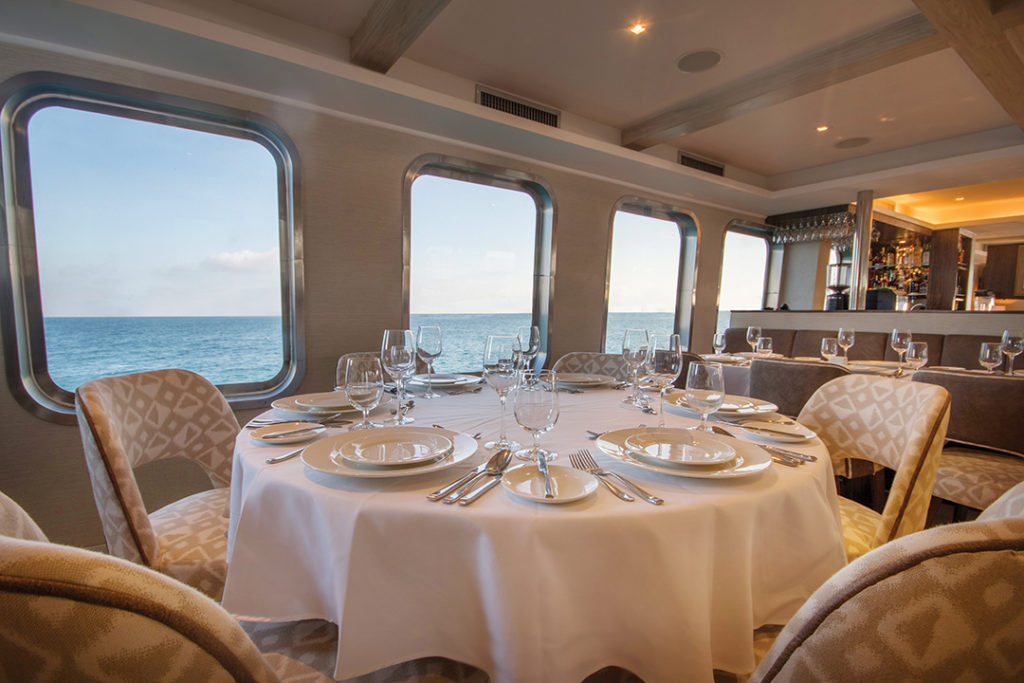
In fact, we thought the whole staff was amazing. Our two naturalist guides were extremely well informed and very generous with their time. The captain, the cruise director, the wait staff, the panga drivers, and everyone else couldn’t have been more helpful.
Never a Dull Moment
Each day during the week-long cruise, guests were offered a variety of activities including snorkeling with sea life, hiking on sand or lava rock, kayaking, going out on a glass-bottom boat or dinghy, and land-based sightseeing. On Santa Cruz Island, a bus took us to the highlands where we wandered among huge tortoises and walked through a cave-like lava tube. At Post Office Bay on Floreana Island, we put postcards in a whisky barrel like the ones that early whalers used for depositing letters that they hoped might be delivered to their loved ones.
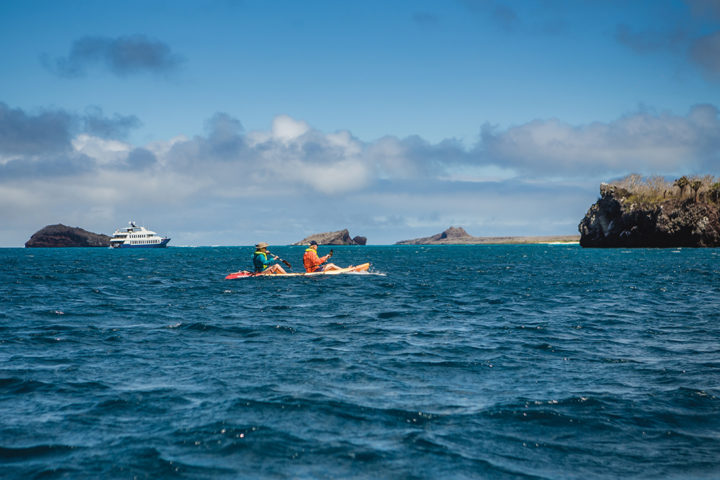
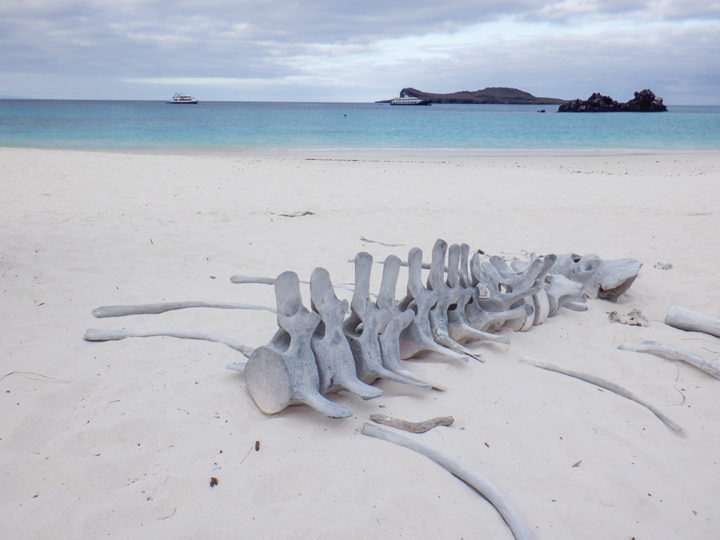
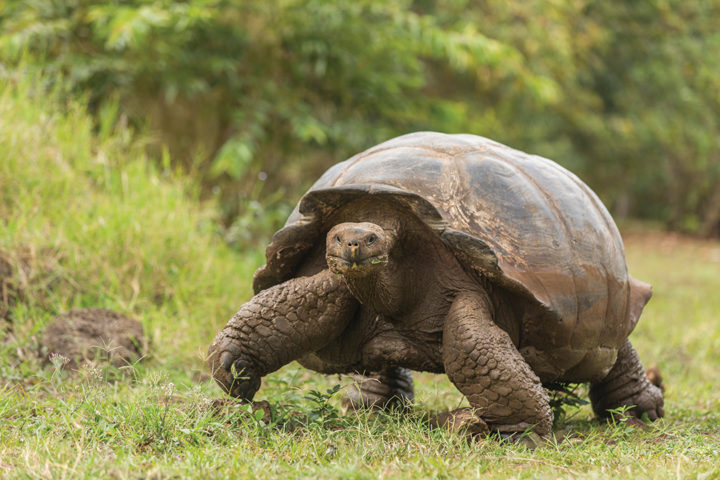
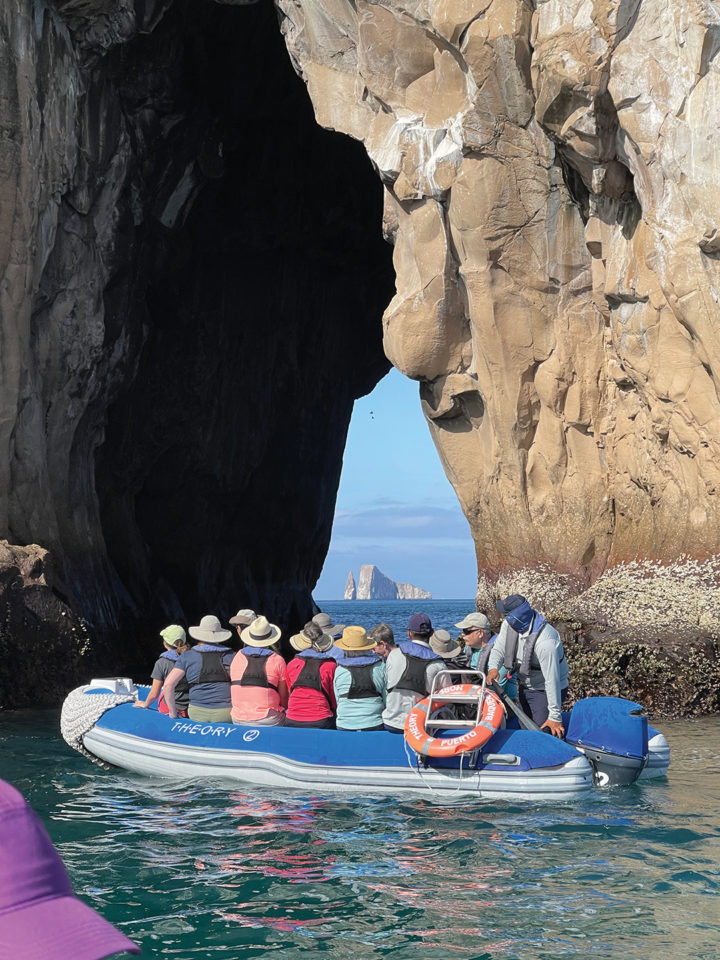
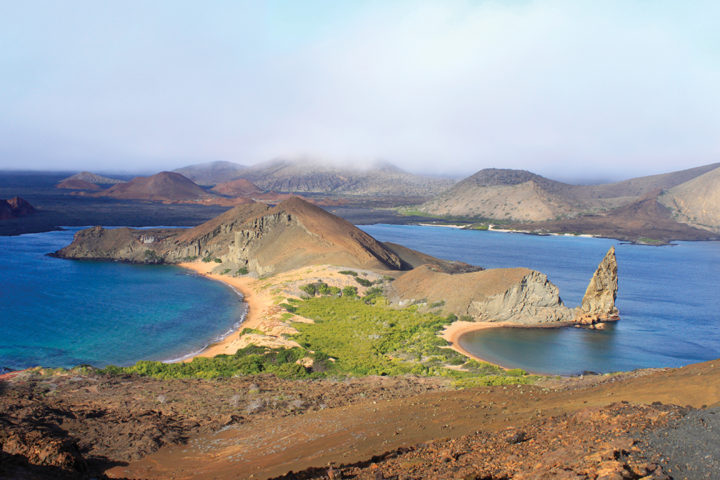
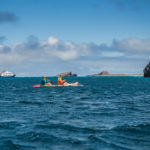
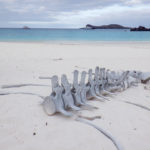
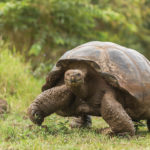
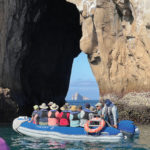
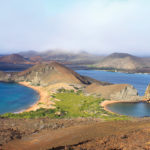
Regardless of the activity, wildlife was always the focus. While snorkeling, I saw a baby shark, chocolate chip sea stars, penguins, surgeonfish, manta rays, and colorful Sally Lightfoot crabs. I absolutely fell in love with blue footed boobies and was thrilled to see graceful flamingos take flight from a lagoon on Bartolomé Island. There were so many turtles in Post Office Bay when we were kayaking that I had to be careful not to clobber them with my paddle, and seals and sea lions were everywhere. It took me a while, but I gradually came to appreciate land iguanas, though I still share Darwin’s feelings about marine iguanas, which he famously described as “hideous-looking.”
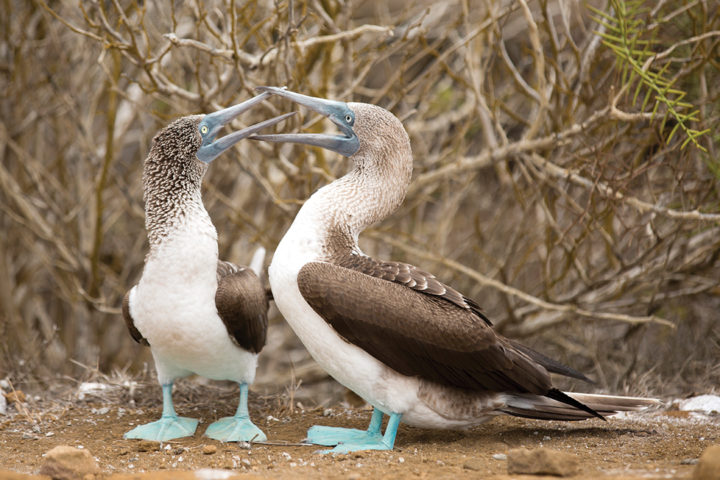
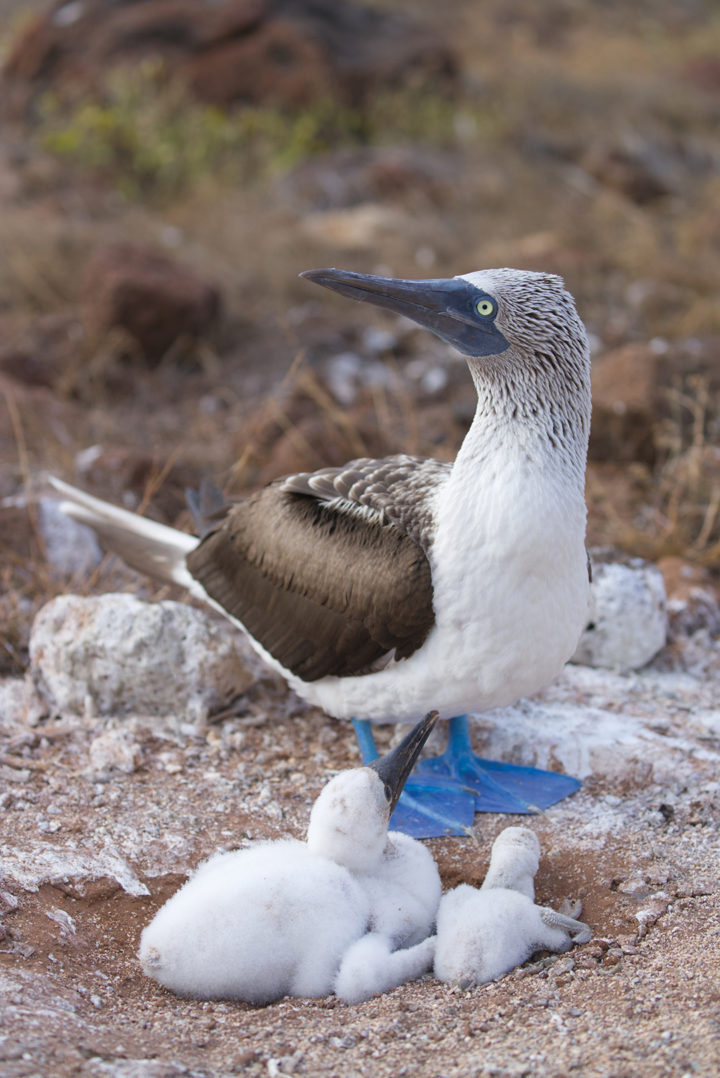
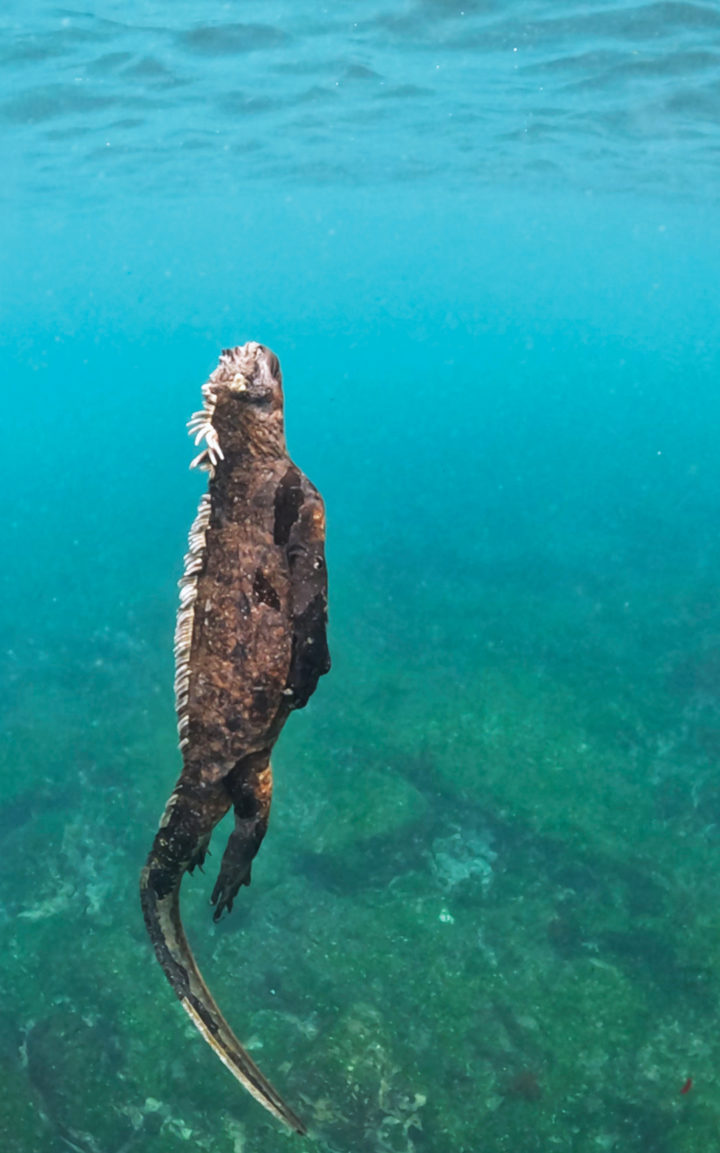

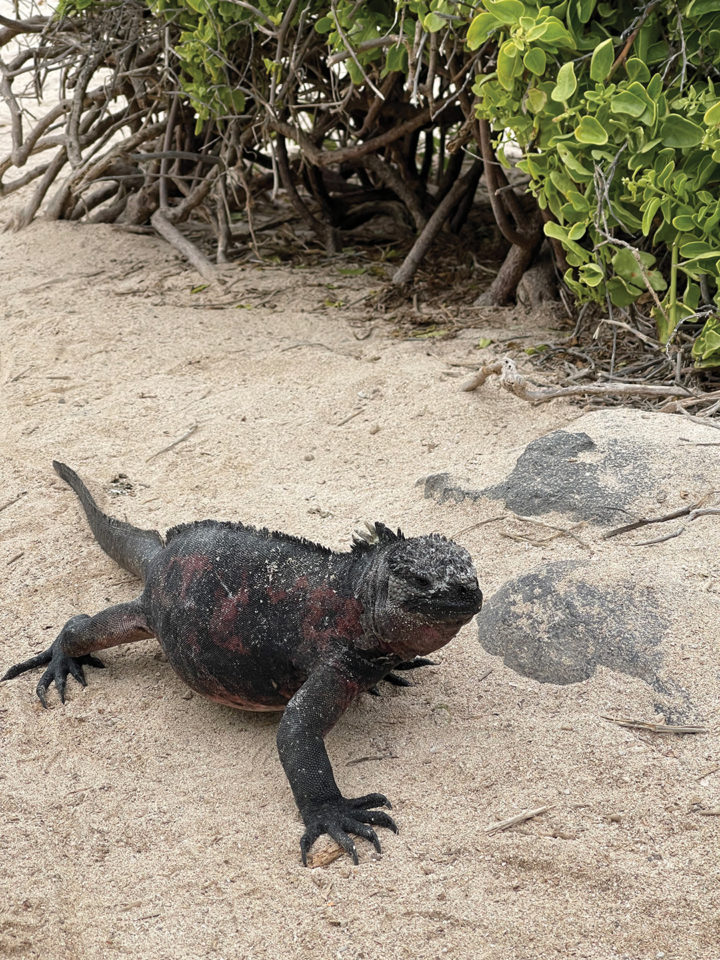
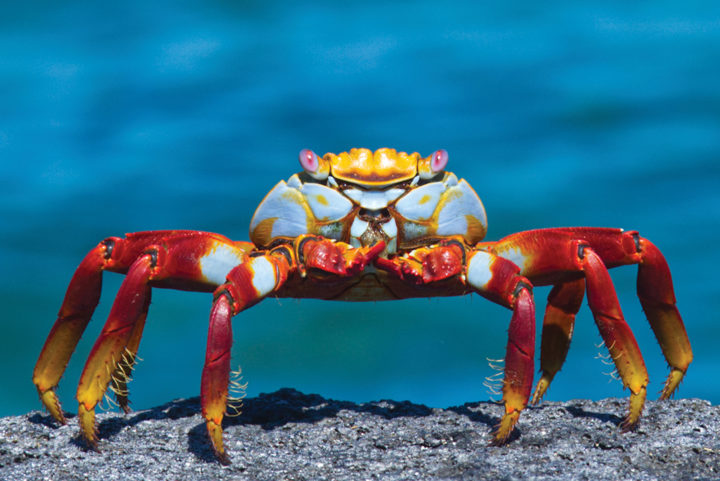

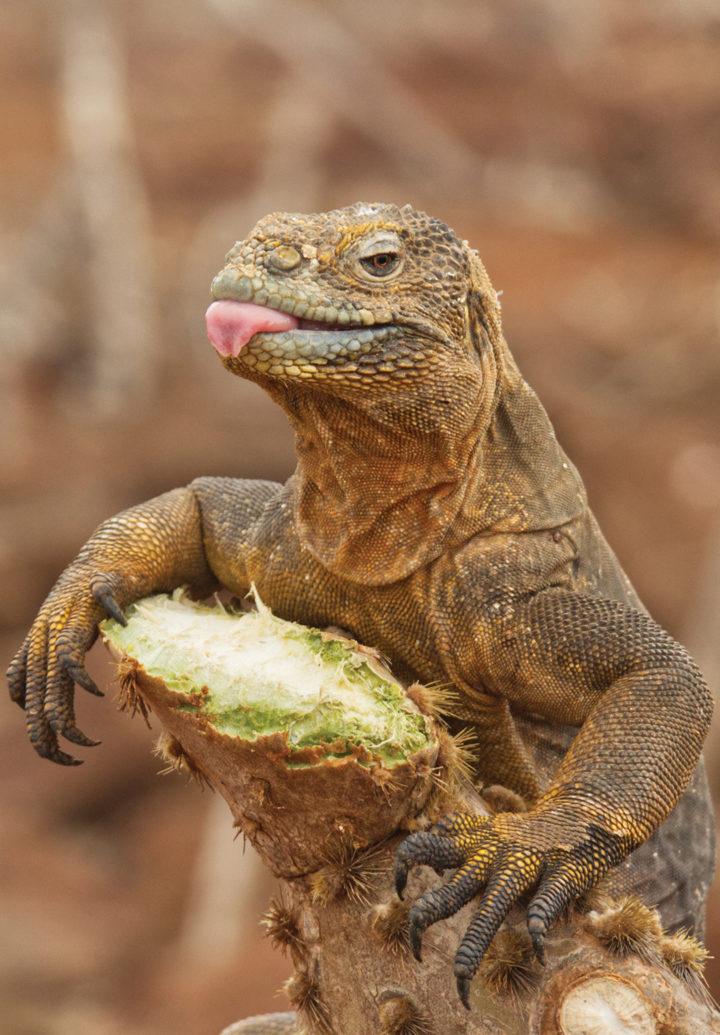

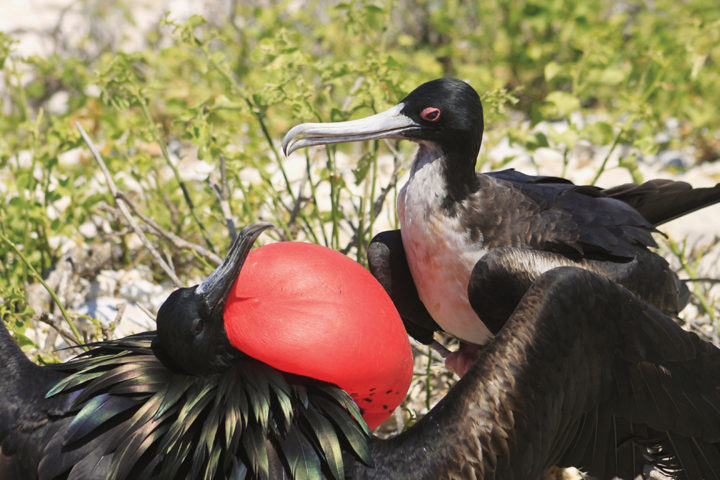
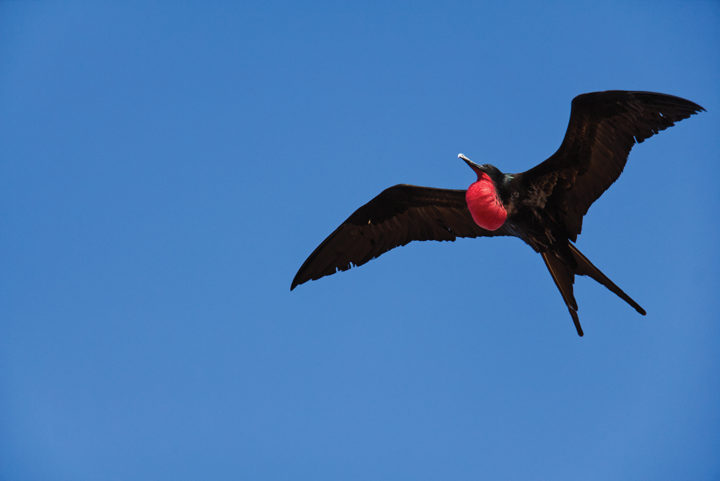
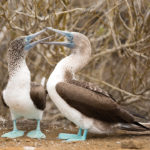
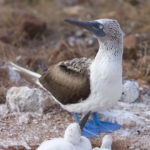
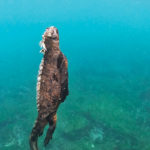
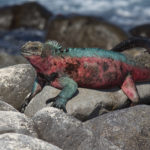
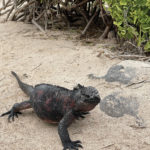
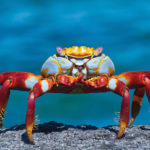
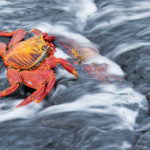
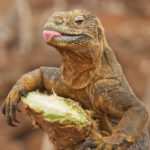
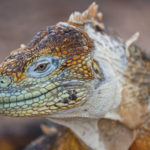
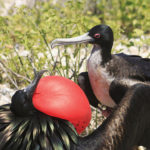
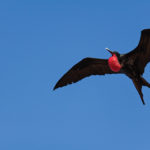
Hideous or not, it was exciting to see so many unusual animals and, because they are protected, they aren’t the least bit afraid of humans. One fellow traveler actually stood toe-to-toe with a blue footed booby, and I all but cuddled up with a land iguana. Pretty sure there’s a lesson there — I also want to remember that the therapeutic benefit of a beautiful beach can be undone by intrusive trappings. Darwin isn’t the only one to learn something in the Galápagos.

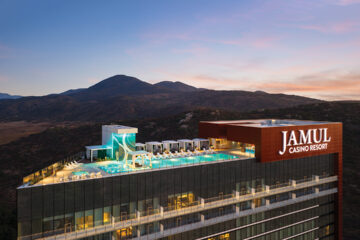



Comments